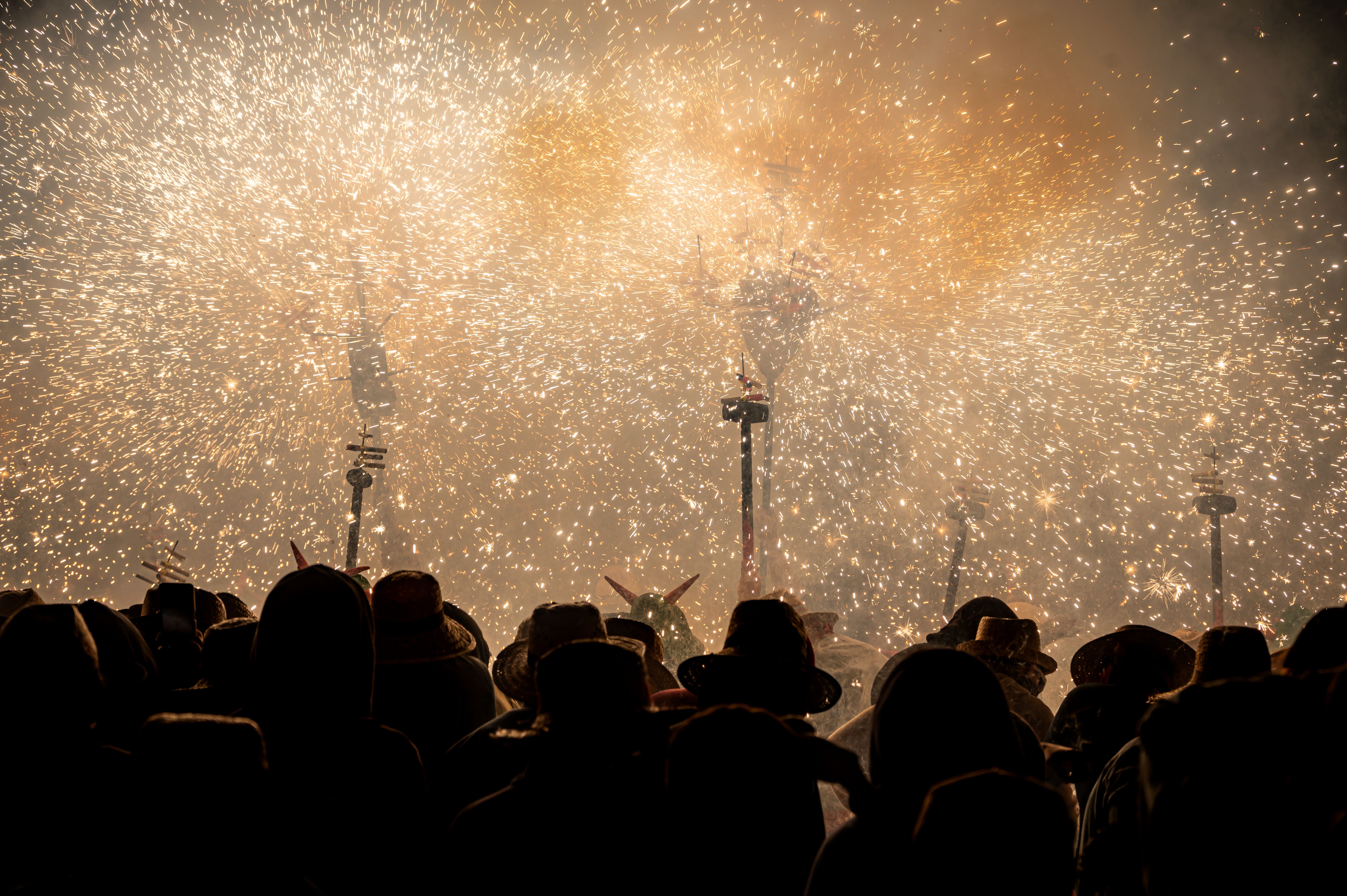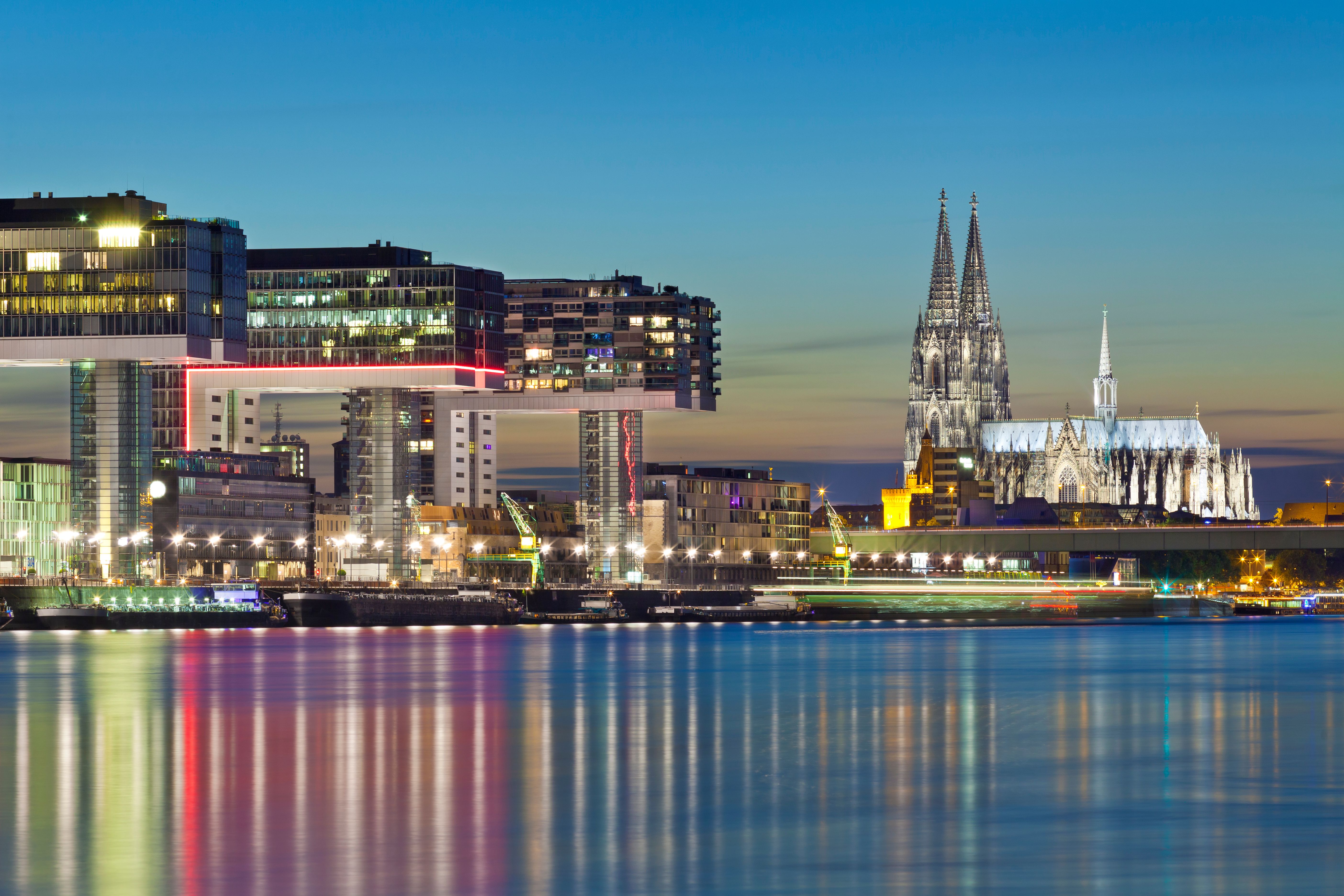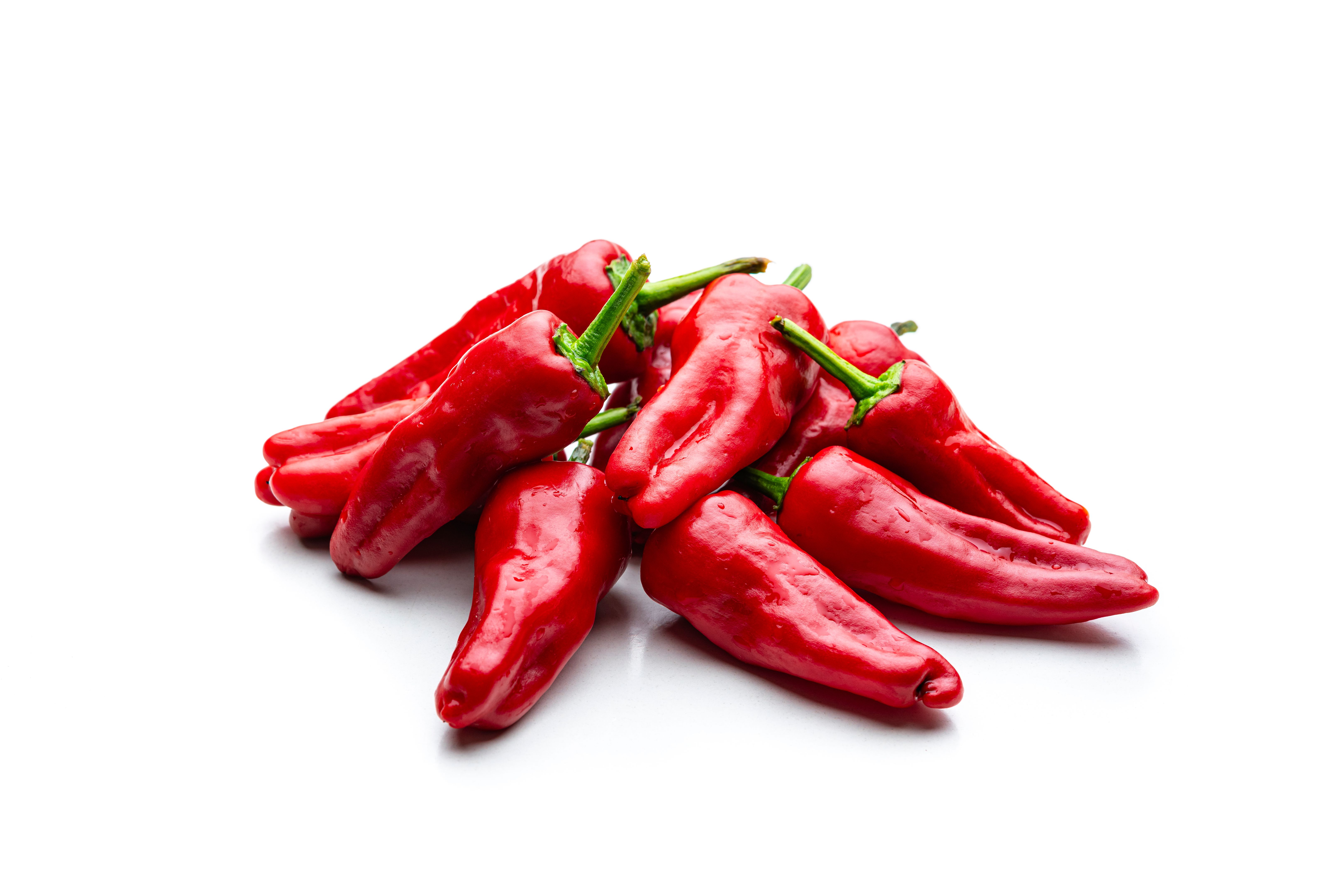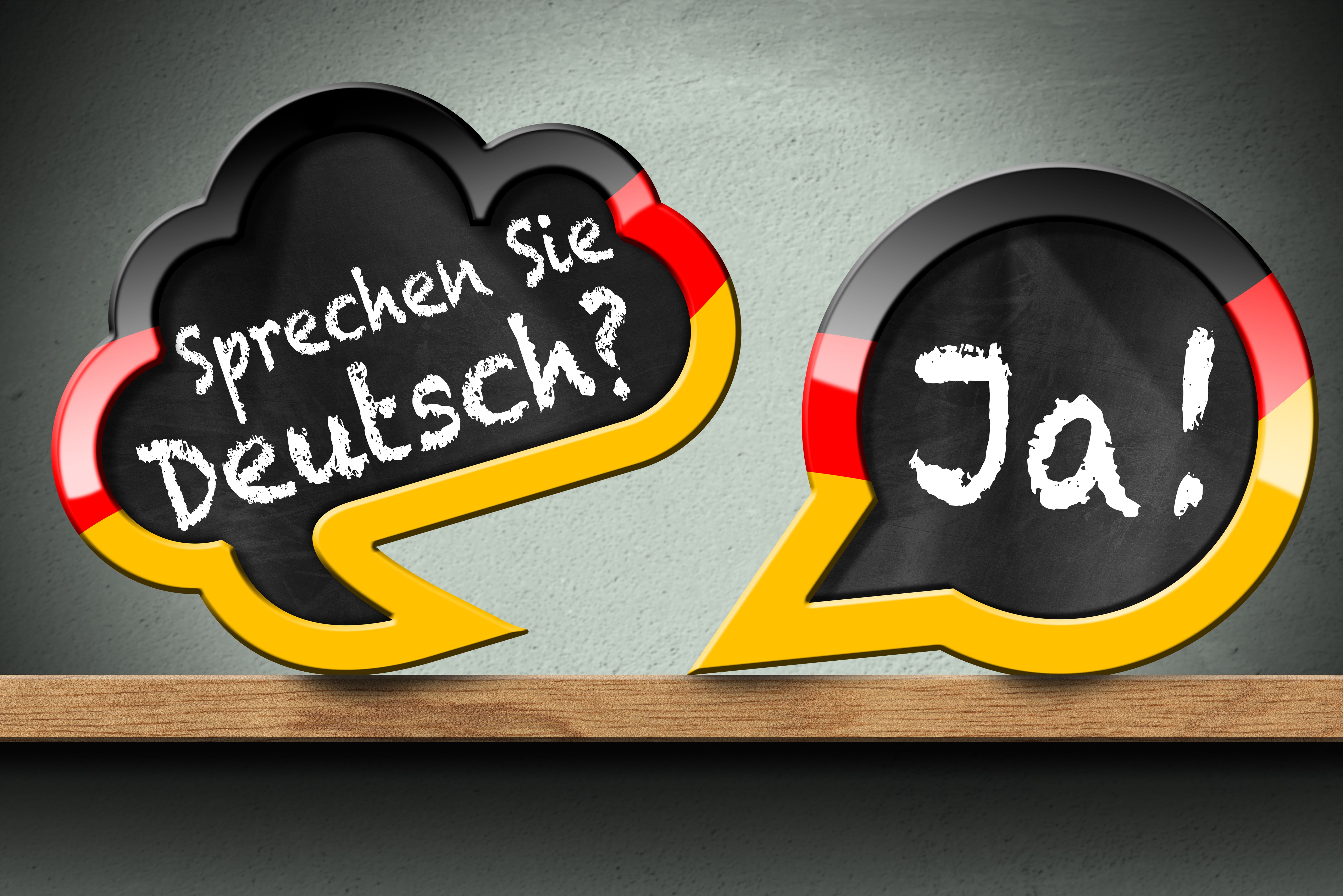Cultural Contrasts: Exploring Spain and Germany
RR
Cultural Heritage and Traditions
Spain and Germany, two of Europe's most vibrant countries, offer a rich tapestry of cultural heritage and traditions. Each country boasts a unique history that is celebrated through various festivals and customs. In Spain, the lively and colorful fiesta is a hallmark, with events like La Tomatina and Running of the Bulls drawing crowds from all over the world. These festivals highlight Spain’s love for life, music, and community.
Conversely, Germany is renowned for its traditional festivals such as Oktoberfest and Christmas markets. These events showcase Germany's rich history in brewing and its deep-rooted Christmas traditions. German festivals often emphasize family, community, and a deep appreciation for local cuisine and crafts.

Art and Architecture
The art and architecture of Spain and Germany are distinct yet equally captivating. Spain is famed for its impressive architectural innovations like Antoni Gaudí’s Sagrada Familia in Barcelona and the Alhambra palace in Granada. Spanish art is also notable for its contributions from figures such as Pablo Picasso and Salvador Dalí, whose works have left a lasting impact on the global art scene.
In Germany, architecture varies from the medieval castles dotted along the Rhine River to the Bauhaus movement's modernist structures. German art has been influenced by artists like Albrecht Dürer and contemporary creators who continue to push boundaries. Both countries offer art lovers a feast for the eyes, with numerous museums and galleries to explore.

Cuisine and Dining Culture
Culinary experiences in Spain and Germany are vastly different yet equally enticing. Spanish cuisine is famous for its tapas, paella, and seafood dishes, emphasizing fresh ingredients and bold flavors. Dining in Spain is a social affair, often accompanied by long conversations into the night.
German cuisine, on the other hand, is known for its hearty dishes such as sausages, pretzels, and schnitzels. Beer plays a significant role in German dining culture, with many meals complemented by a local brew. While Spanish meals are leisurely enjoyed, German dining often focuses on efficiency and hearty satisfaction.

Language and Communication Styles
Language plays a crucial role in shaping cultural identity. In Spain, Spanish or Castilian is the predominant language, but regional languages such as Catalan, Basque, and Galician are also widely spoken. Communication in Spain tends to be expressive and animated, with gestures often accompanying verbal exchanges.
German is the official language of Germany, with a strong emphasis on clarity and precision in communication. Germans value directness and efficiency in conversations, which can sometimes be perceived as blunt by those from more expressive cultures. Understanding these nuances can enhance interactions when visiting or doing business in these countries.

Social Norms and Etiquette
Social norms in Spain and Germany reflect their cultural values. In Spain, a relaxed approach to time is common; being slightly late is generally acceptable, reflecting their laid-back lifestyle. Hospitality is important, and guests are often treated warmly with food and conversation.
Germany, however, places a high value on punctuality and orderliness. Being on time is considered respectful, and appointments are usually scheduled well in advance. Germans also appreciate straightforwardness in social interactions, emphasizing honesty and reliability.

Conclusion
Exploring the cultural contrasts between Spain and Germany reveals the richness and diversity of European traditions. From vibrant festivals to unique culinary delights, each country offers distinct experiences that captivate the senses and broaden horizons. Whether you're drawn to Spain's passionate embrace of life or Germany's structured precision, both destinations promise an unforgettable journey into the heart of Europe.